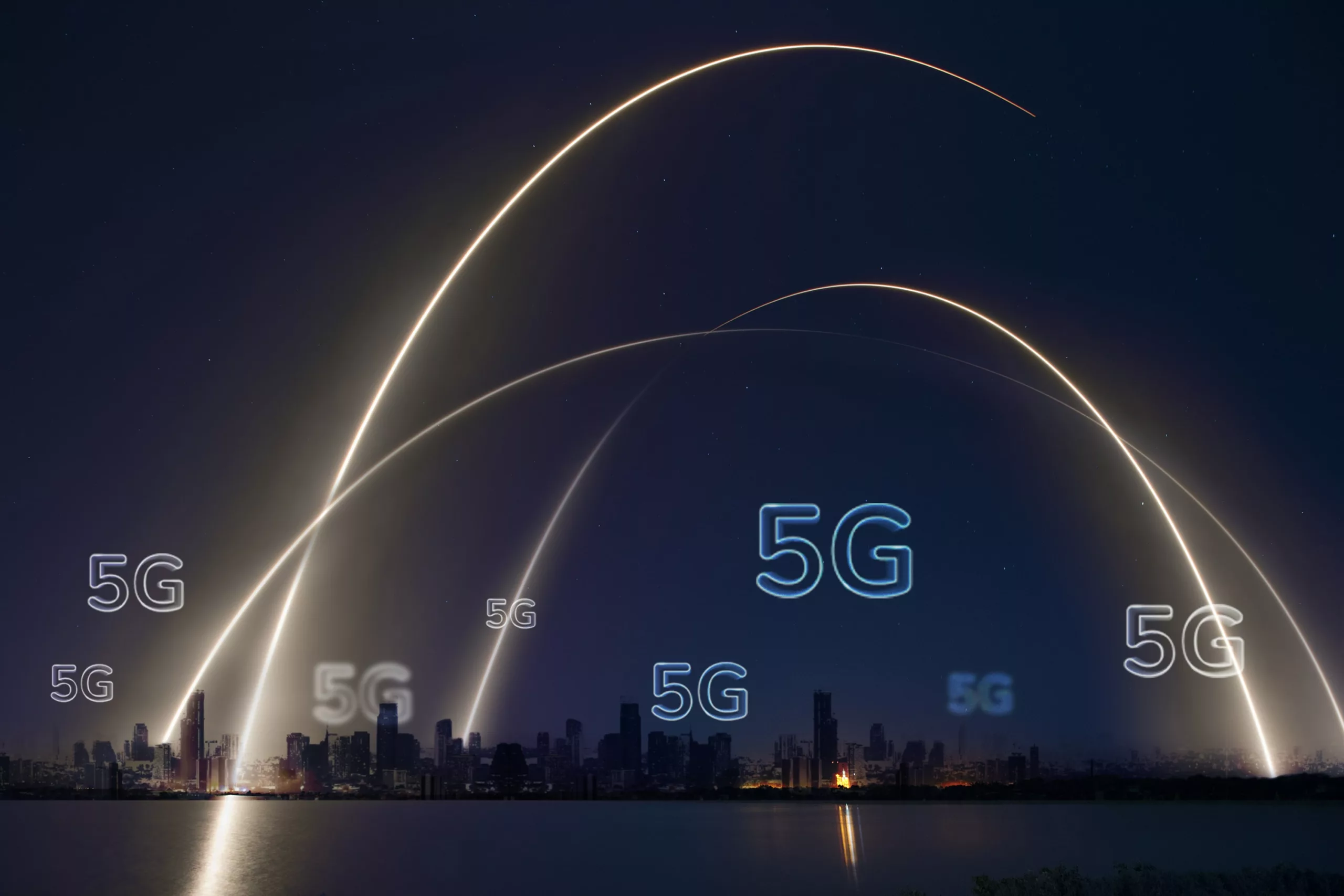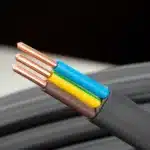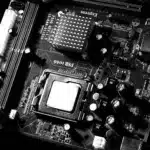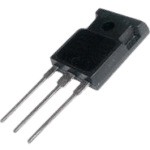
Introduction
The fifth-generation wireless technology, 5G, has taken the world by storm with its promise of unprecedented characteristics for optimised connectivity and enhanced performance. One of the most exciting applications of 5G technology is its synergy with the Internet of Things (IoT). This convergence of two innovative technologies has ignited a transformative journey–unlocking the true potential of IoT, revolutionising connectivity, and delivering unparalleled performance. This article takes an in-depth analysis of how 5G is revolutionising IoT, offering optimised connectivity and performance to drive innovation across several industries.
Understanding 5G and IoT: Exploring Their Crucial Synergy
5G, the current and latest generation of cellular wireless technology, and IoT are interdependent technologies that are transforming industries and our daily lives. These groundbreaking technologies together form a symbiotic relationship that promises to revolutionise and enhance connectivity, automation, and innovation. This synergy is expected to drive innovation and create new opportunities across various sectors, paving the way for a more connected and efficient future. In essence, their importance lies in their ability to enhance connectivity, enable innovative applications, and drive economic and societal transformations.
The Importance of Optimised Connectivity
Optimised connectivity is of paramount importance in today’s interconnected world. It refers to the efficient and reliable communication and data exchange between multiple devices, systems, and networks. It serves as the backbone of efficient communication and data exchange, enabling emerging technologies like the IoT, artificial intelligence, and 5G, paving the way for innovation and competitiveness in various industries.
The Benefits of 5G in Internet of Things: A Brief Overview
5G has had a significant impact on the IoT ecosystem, offering several benefits to enhance the capabilities and potential of IoT applications. Including higher energy efficiency, improved coverage, reliability, and enhanced security, 5G offers multiple benefits in IoT ecosystems, such as:
Enhanced Speed and Bandwidth
5G networks offer blazing-fast speeds and significantly increased bandwidth compared to their earlier predecessors. This is a game-changer for IoT devices, which can now transmit and receive data at unprecedented rates. Whether it’s a smart city infrastructure or a connected vehicle, the ability to send and receive data quickly is vital for real-time decision-making and responsiveness.
Ultra-Low Latency
Low latency is crucial for applications where immediate action is required, such as autonomous vehicles or remote surgeries. 5G’s ultra-low latency, often measured in milliseconds, ensures the IoT devices can effectively communicate with each other and centralised systems in near real-time.
Massive Device Connectivity
A 5G network can support an enormous number of devices simultaneously and serves as a game-changer in IoT ecosystems. Smart homes, industrial IoT, and agriculture can now have a multitude of connected devices working in harmony without network congestion or performance degradation. This scalability opens up new possibilities for IoT deployment.
Use Cases of 5G in IoT: Transforming Industries
5G technology has transformed various industries by enhancing the capabilities of IoT devices. Including transportation, energy, smart homes, education, environmental monitoring, and retail sectors, other notable use cases in multiple settings include:
Smart Cities
5G-enabled IoT is pivotal in building smart cities–deploying a vast network of IoT sensors for monitoring various aspects of urban life, including traffic, pollution levels, waste management, and public safety. These networks empower cities to operate efficiently, leading to reduced environmental impact and enhanced quality of life for residents.
Healthcare
In the healthcare sector, 5G IoT offers opportunities for effective remote patient monitoring, telemedicine, and surgical robotics, improving healthcare access and outcomes, particularly in underserved areas. With ultra-low latency and high reliability, doctors can perform surgeries remotely, and patients can receive continuous monitoring and care.
Manufacturing
Manufacturing processes are becoming increasingly automated with the help of 5G IoT devices. 5G ensures that IoT devices, including sensors and robots, can communicate and coordinate with precision, leading to higher efficiency, reduced downtime, and cost savings. Industries can implement predictive maintenance and real-time quality control, optimising production processes.
Agriculture
Agriculture is another sector benefiting from the fusion of 5G and IoT. Smart farming techniques, such as precision agriculture, rely on real-time data from sensors and drones. 5G networks enable farmers to monitor crop conditions, automate irrigation, and manage resources more efficiently, resulting in increased crop yields and sustainable farming practices.
5G IoT: Security and Challenges
It also presents several challenges, particularly in terms of security, infrastructure costs, interoperability, data privacy concerns, and regulatory issues. With increased internet-connected devices, there is a greater space for potential cyber threats. It is imperative to develop robust security protocols and mechanisms to protect sensitive data and ensure the integrity of IoT systems.
Bottom Lines
5G and IoT are reshaping industries by providing optimised connectivity and performance. 5G’s significance lies in its ability to deliver unprecedented speed, low latency, and reliability, enabling the seamless integration of IoT devices into our daily lives. This ultra-fast network empowers IoT applications across various sectors–from smart cities and healthcare to manufacturing and agriculture. 5G IoT also unlocks real-time data exchange, making it possible for devices to communicate swiftly and efficiently, paving the way for smarter, more efficient systems and services.





















